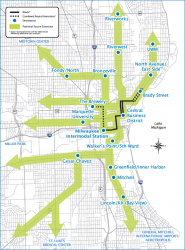
Nearly three years have passed since the City of Milwaukee Common Council voted to authorize work on the Milwaukee streetcar, but the project’s future remains uncertain.
The streetcar project took a financial hit last week when the Public Service Commission of Wisconsin ruled the city unable to force utility companies to pay to move underground lines for the system.
This will cost the city about an additional $20 million for the project, which already has an estimated budget of $64.6 million.
“The PSC and State Legislature believe that private investor-owned utilities, which use publicly financed roadways for free, should be given special treatment when it comes to public improvement projects in Milwaukee,” Mayor Tom Barrett told the Milwaukee Journal Sentinel. “We disagree.”
According to The Milwaukee Business Journal, city officials anticipated the outcome, and the city is expected to appeal the decision.
Dan Reiner, a sophomore in the College of Communication, is conducting research on the project for a class. He said he thinks this decision will make it harder for the city to convince taxpayers to issue more money toward the project.
“A lot of work has been done to educate taxpayers about the streetcar and to convince them that the $9.6 million needed from the public will be worth it,” Reiner said. “Now, that total skyrockets to around $30 million and it’ll take three or four times the effort just to get taxpayers on board with the idea.”
One of the streetcar project’s main goals is to spark commerce and strengthen downtown Milwaukee’s business and entertainment capabilities. The cars will move with the flow of traffic and are not intended to replace the bus lines and other means of public transportation. Another chief responsibility of the streetcar system, Reiner noted, is to connect the Milwaukee Intermodal Station, located on St. Paul Avenue, to the rest of the downtown area.
“About 1.4 million people go in and out of the Intermodal Station each year, but there’s only one infrequent bus line that runs on St. Paul,” Reiner said. “The streetcar would provide easy transport to within walking distance of hotels and offices downtown. This can attract thousands more people each year to Milwaukee’s diverse arts and entertainment scene, as well as an expanding business district.”
The inaugural plan does not include Marquette’s campus in the 2.1-mile route. A 1.4-mile extension route, though, was included in the second phase of the project, which goes as far west as Marquette’s campus and also reaches northeastern sections of the city such as Brady Street and the University of Wisconsin–Milwaukee’s campus.
Reiner said he was told the finalized project would be completed in four steps. These steps include approval from the Federal Transit Administration, as well as significant progress on design and utility work. He said he believes the extra $20 million placed on the project significantly harms it, but does not rule it out.
There are plenty of rumors about Milwaukee’s development swirling around, but Reiner said the streetcar, if completed, should serve as a start for Milwaukee’s further enhancement.
“I think the success of the streetcar is entirely dependent on how the city progresses over the next decade,” Reiner said. “The streetcar should be used as a catalyst to develop the city. Build the streetcar where you’ll have the most ridership and develop the city up around that. If people see that Milwaukee is invested in its businesses, hotels and developing modern means of transportation, they’ll start flocking to the city.”

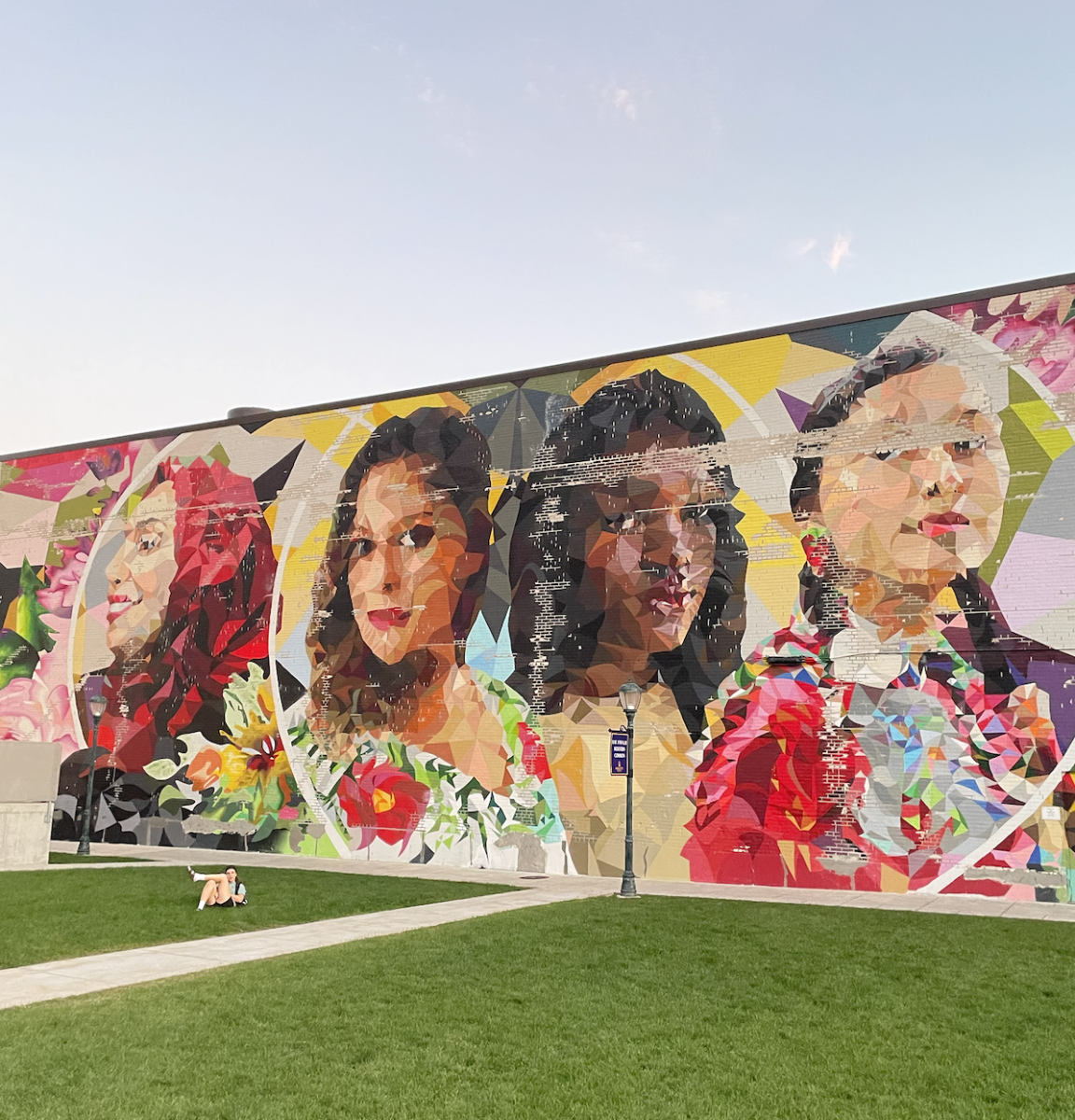
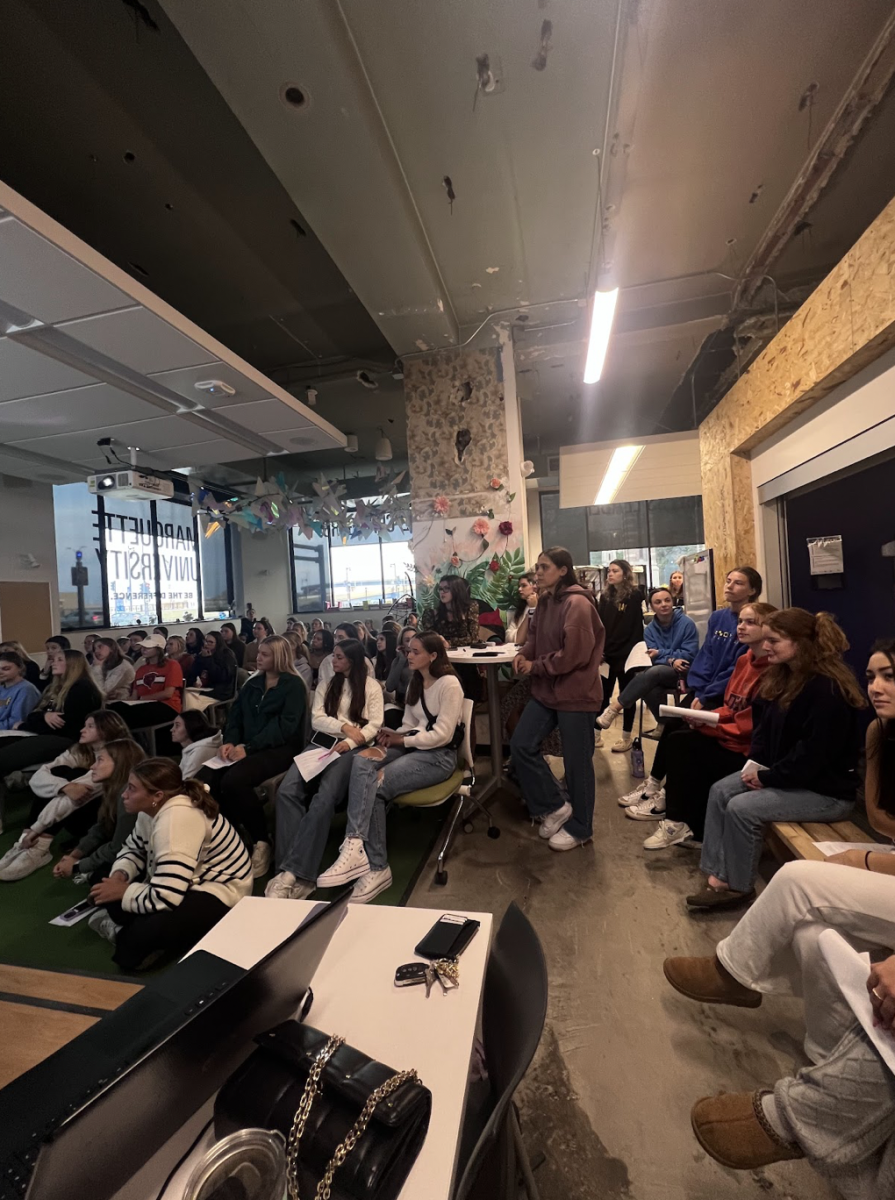

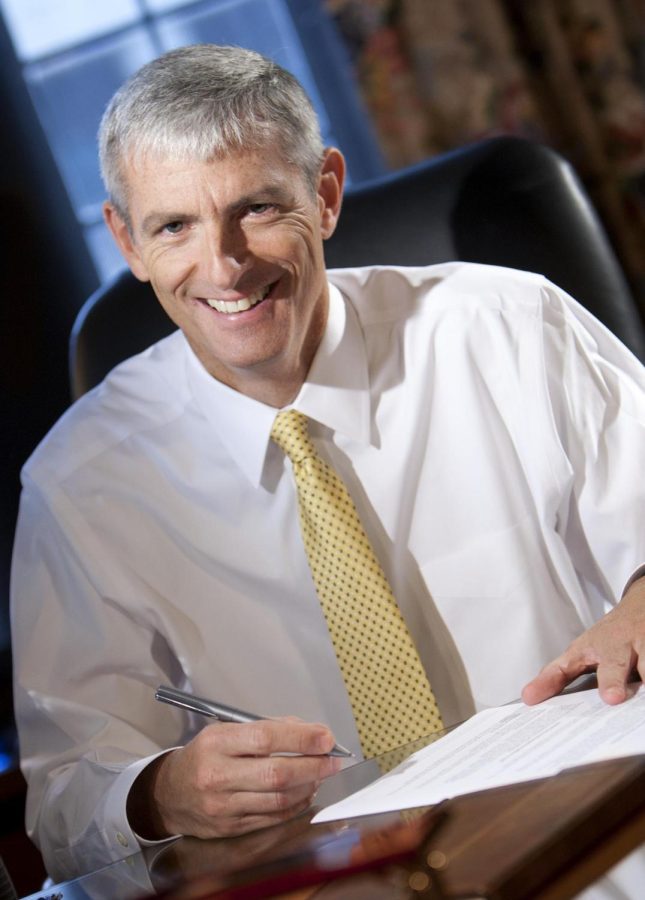

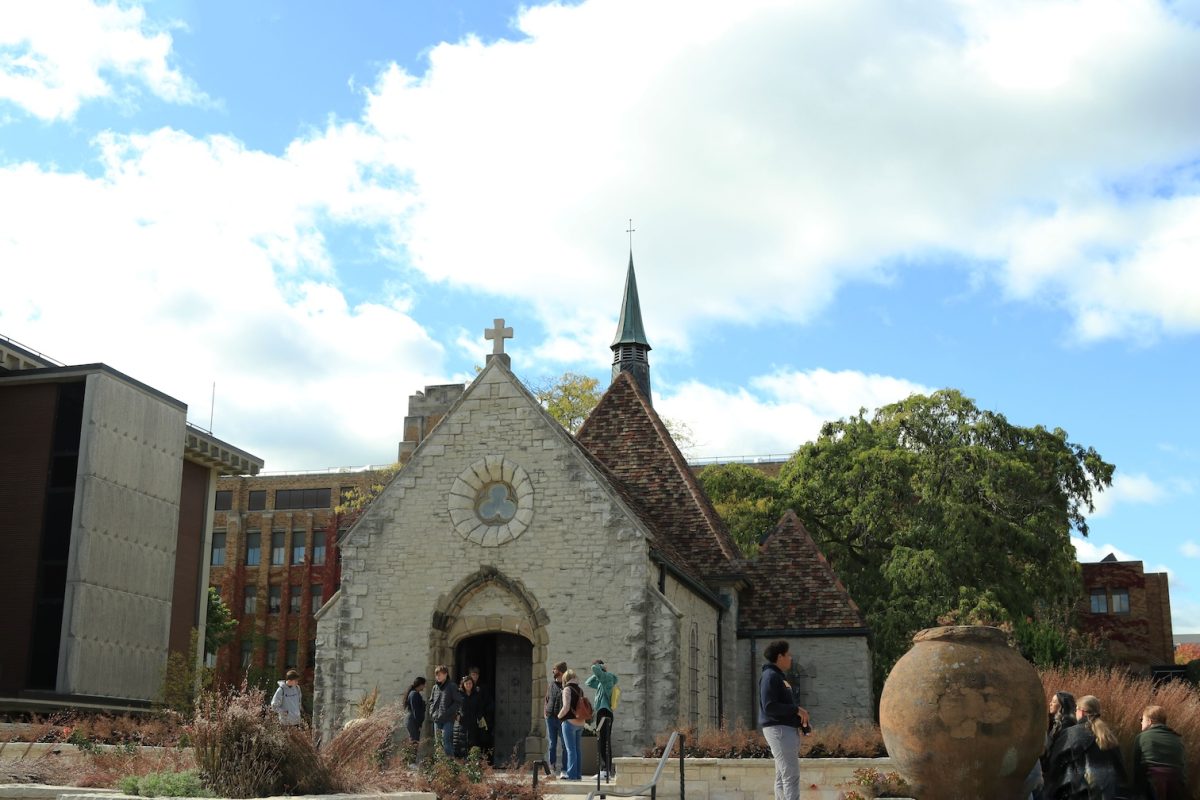
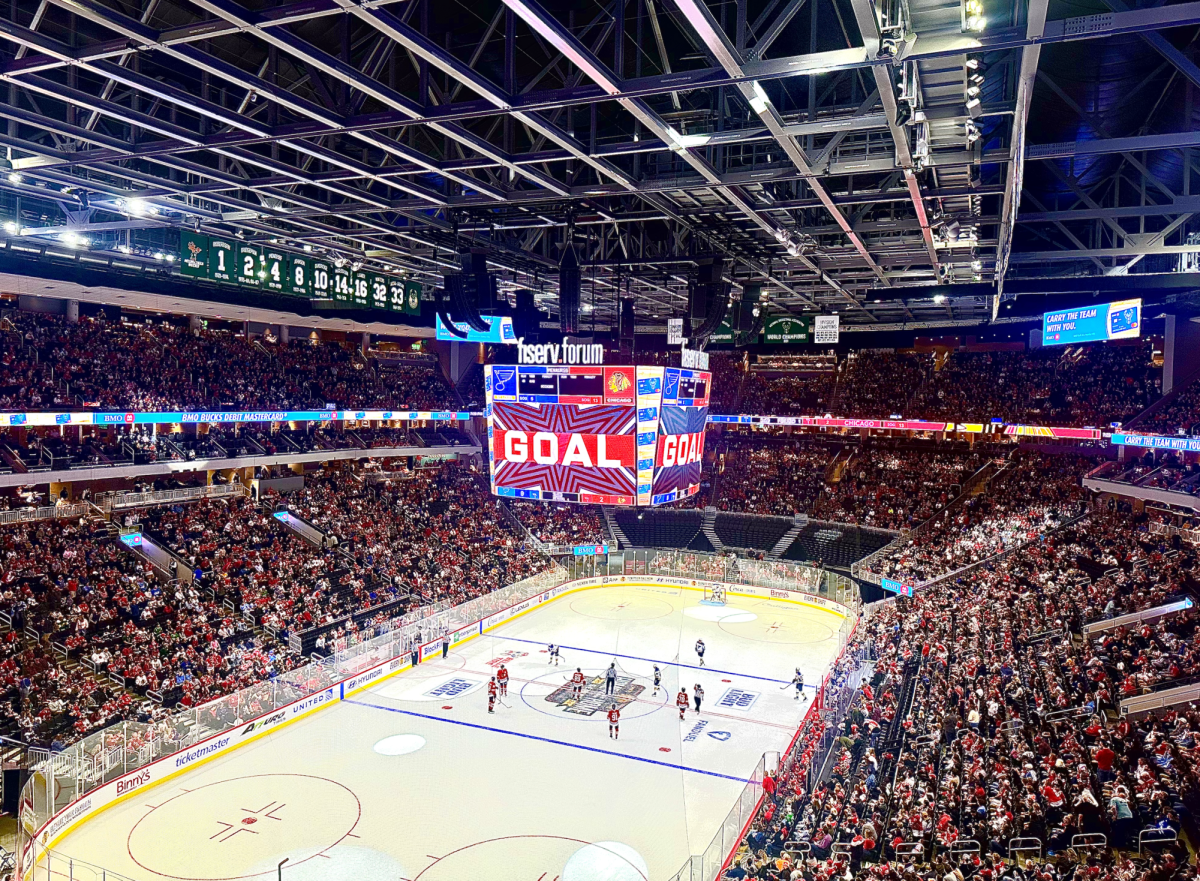
Detroit • May 10, 2014 at 11:26 am
One would have to forgive Dan Reiner, being a sophomore in Communications, in that he does not know what a catalyst really is or does…
A catalyst is an input to a reaction that is used to speed up the reaction. However, a catalyst is not consumed in the reaction because it is fully recoverable at the end of the reaction.
OTOH, taxpayer money spent on a foolish, wasteful boondoggle as a 2.1 streetcar route is not recoverable. Hence, that funding cannot ever be thought of as being a catalyst (it will be totally consumed–unlike a catalyst).
All US public-transit systems cannot ever come close to pay even their annual operating costs–and there will never return any of the much more costly capital (construction) costs. Getting back 20% or so of their operating costs through fares is about typical. So, there never can be any payoff–never, ever.